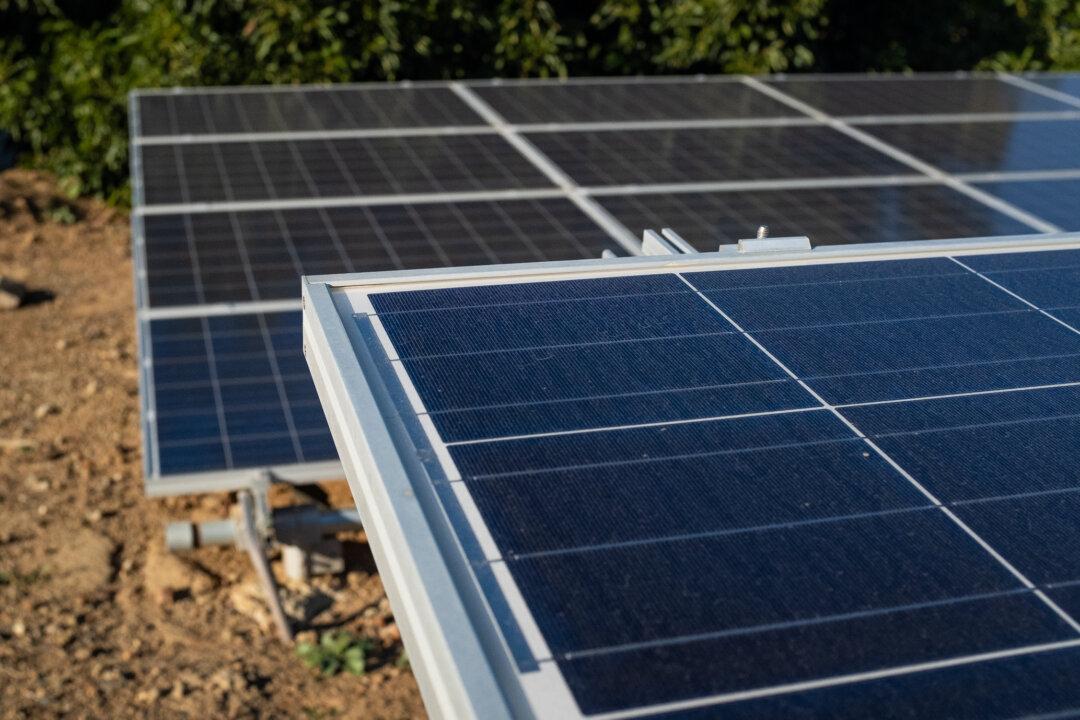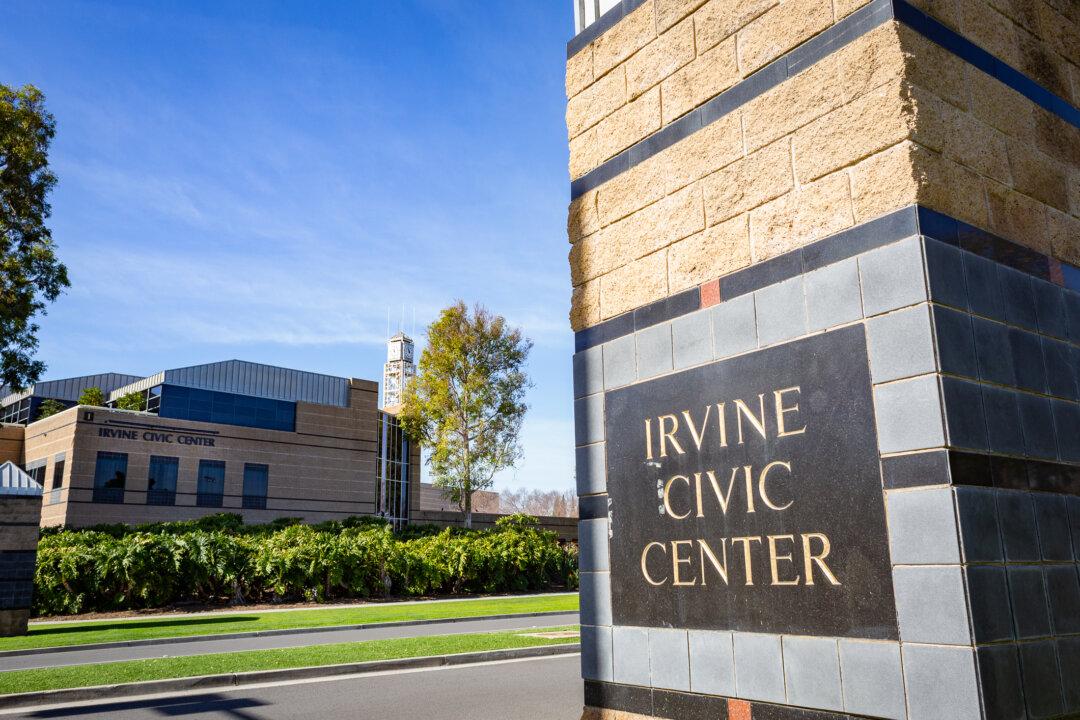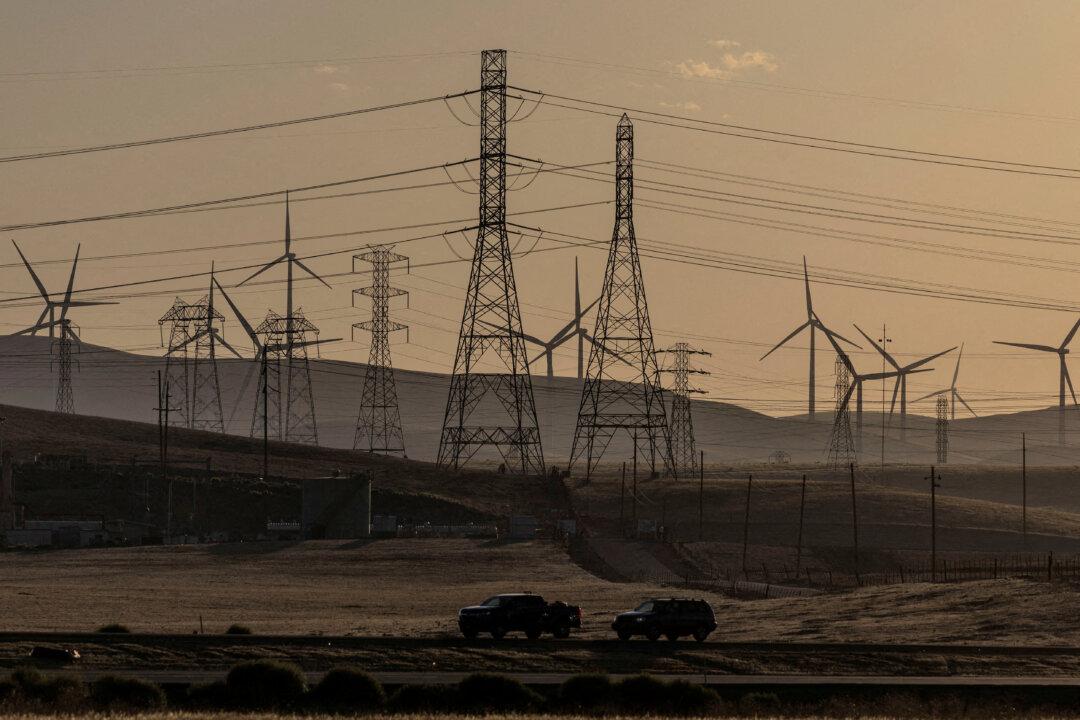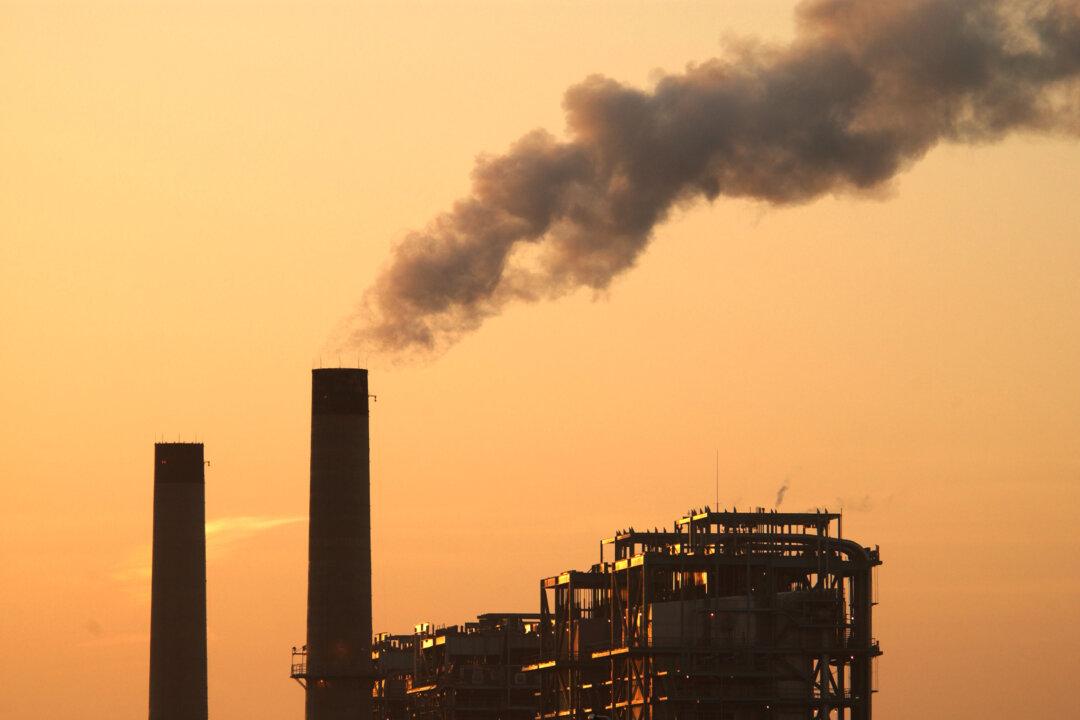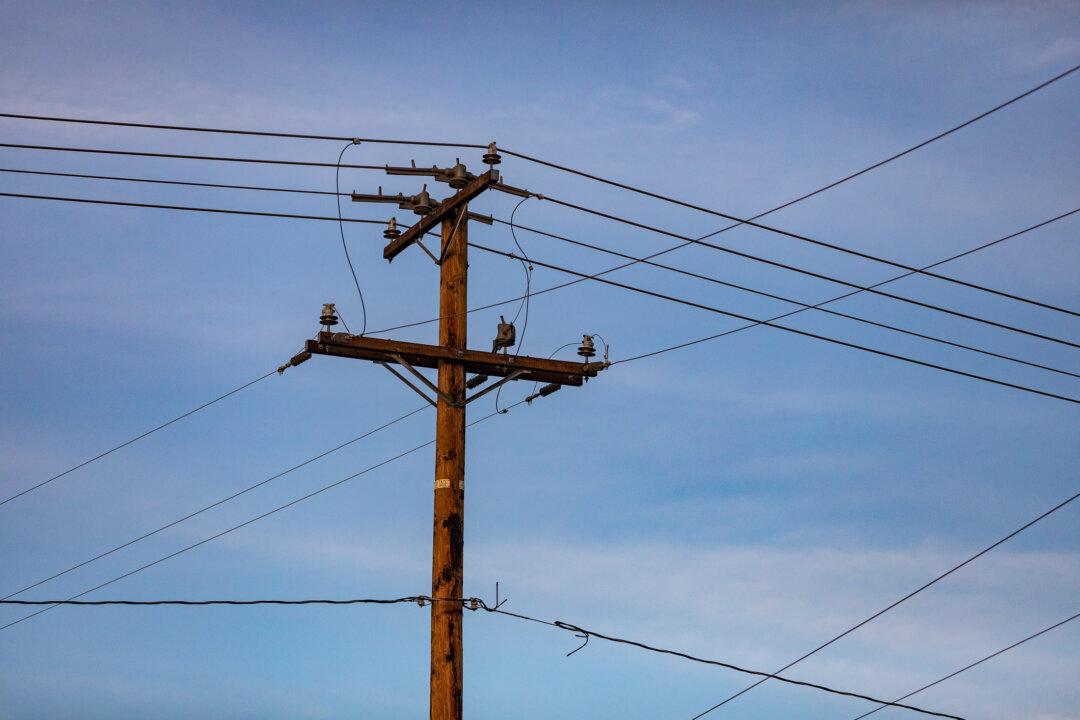Commentary
Orange County Power Authority (OCPA) arrived on the scene promising to deliver astounding amounts of uber-clean electricity to consumers it switched, without consumers’ knowledge, from Southern California Edison (Edison) into its own clean energy program.
